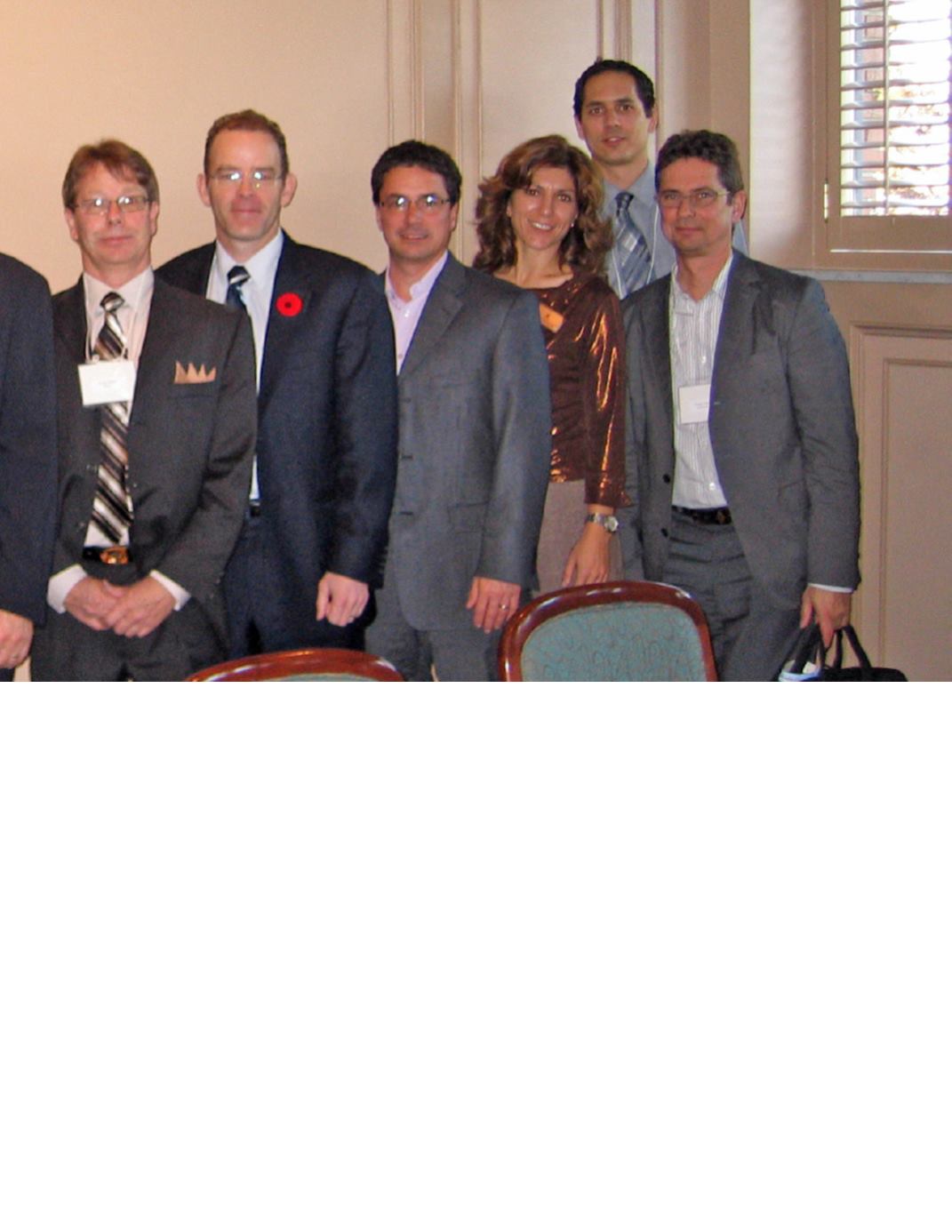
level of patience.
“The primary difference we
find is the time it takes to
make a decision. It’s a much
longer term in Canada. By na-
ture we are more conserva-
tive. Our US clients tend to
be more arbitrary in decisions
and there is good and bad in
that. Obviously in Canada we
have had the good fortune of
long-term relationships and in
our US clients in many cases
that holds true as well, but in
other cases the market forces
are somewhat different. The
competitive forces are differ-
ent, and businesses will arbi-
trarily move between vendors
more often than you will see
in Canada. I think over the
long term that is not to their
best interests.”
Another disparity, he says, is
the speed (or lack thereof) in
which Canadian businesses
have welcomed new technol-
ogy.
“I think our biggest issue to-
day is that Canadian busi-
nesses are late adapters when
it comes to the acceptance
of technology. Although we
find that we are catching up
in the world with respect to
our adoption as individuals,
business has been very reluc-
tant in taking on, for example,
smart devices as a means of
exchanging information. The
challenge, I think, for Cana-
dian business is to determine
how they are going to adapt to
this in the near future, and to
realize that it creates a com-
OCTOBER 2013
H
business elite canada
25


